当前位置:网站首页>[software testing] 06 -- basic process of software testing
[software testing] 06 -- basic process of software testing
2022-07-05 07:05:00 【Derived planet】
The basic flow of software testing
1. Software testing process
Different types of software products are tested in different ways and with different emphasis , The testing process will be different . The same type of software product , Different companies have different testing procedures . Although the detailed test steps of different software are different , But the basic testing process they follow is the same : Analyze test requirements → Make a test plan → Design test cases → Perform the test → Write test report . The following is a brief introduction to the basic process of software testing .
(1) Analyze test requirements
Testers need to analyze software requirements before making test plans , In order to have a clear understanding of the software products to be developed , So as to clarify the test object, the scope and focus of the test work . Some test data can also be obtained when analyzing requirements , As the basic basis of test plan , Lay a good foundation for subsequent tests .
Testing requirements analysis is actually testing software requirements , Testers can find unreasonable places in software requirements , If the requirement description is complete 、 Accurate and unambiguous , Whether the demand priority arrangement is reasonable . Testers usually make a software requirements specification checklist according to the software development requirements document , Analyze and verify the software requirements according to each inspection item , As shown in the table .
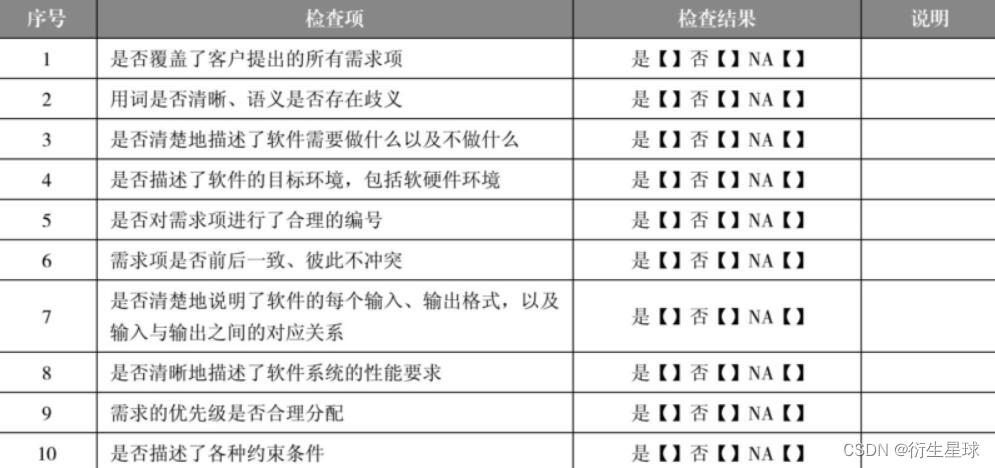
The table lists what checks need to be made on software requirements , The tester checks and judges one by one according to the inspection items , If the requirements are met, choose “ yes ”, If the requirements are not met, choose “ no ”, If a check item is not applicable, select “NA”. This table is just a general software requirements specification checklist , In the actual test , Appropriate increase or decrease or modification shall be made according to the specific test items .
Pay attention when analyzing test requirements , The identified test requirements must be verifiable , Test requirements must have an observable 、 Measurable results . Requirements that cannot be verified are not test requirements . Test requirements analysis also needs to communicate with customers , To clarify some confusion , Ensure that testers and customers reach a consensus on the project as soon as possible .
(2) Make a test plan
Testing runs through the whole software development life cycle , It is a huge and complex work , It is necessary to formulate a complete and detailed test plan as a guide . The test plan is the navigation chart of the whole test work , But it is not immutable , As the project progresses or needs change , Test plans are constantly changing , Therefore, the formulation of the test plan is constantly adjusted with the development of the project 、 The process of gradual improvement .
The following work arrangements shall be made for the test plan .
① Determine test scope : Identify which objects need to be tested , Which objects are not to be tested .
② Develop test strategy : Test strategy is the most important part of test plan , It prioritizes the content to be tested , And determine the test focus . According to the characteristics and test types of test modules ( Such as function test 、 Performance testing ) Select test environment and test method ( Such as manual test 、 automated testing ).
③ Schedule test resources : By measuring the difficulty of the test 、 Time 、 The workload and other factors make reasonable arrangements for the testing resources , Including personnel allocation 、 Tool configuration, etc .
④ Schedule the test : According to the software development plan 、 Schedule the testing work according to the overall product plan , At the same time, we should also consider the changes of each part of the work . When scheduling work , It is better to reserve a buffer time between various test work to deal with plan changes .
⑤ Estimate the test risk : List the uncertainties that may occur during the test work , And formulate countermeasures .
(3) Design test cases
The test case (Test Case) It refers to a detailed test plan , Including test environment 、 testing procedure 、 Test data and expected results . Different companies have different test case templates , Although they are different in style and style , But it's essentially the same , Both include the basic elements of test cases . The principle of test case writing is to achieve the maximum test coverage with the least test cases as far as possible . The common design methods of test cases include equivalence class division method 、 Boundary value analysis 、 Causality diagram and decision table method 、 Orthogonal experimental design method 、 Logical covering method, etc , These design methods will be explained in later chapters .
(4) Perform the test
Test execution is the process of testing according to test cases , This is the main activity stage of testers . The test shall be executed according to the priority of test cases . The test execution process seems simple , Just complete the test according to the test case , But this is not the case . The number of test cases is very large , Testers need to complete the execution of all test cases , Every test case may find many defects , The tester shall make test records and tracking , Measure the quality of defects and prepare defect reports .
When the submitted defect is modified by the developer , Testers need to do regression testing . If the system has defect immunity to the test case , Testers need to write new test cases . In unit testing 、 Integration testing 、 The system test 、 Functional tests should be carried out at all stages of the acceptance test 、 Performance test, etc , This workload is undoubtedly huge . besides , Testers also need documentation , Such as user manual 、 Installation manual 、 Use instructions, etc. to test . So don't simply think that performing tests means completing tasks step by step , It can be said that this stage is the most important work stage for testers .
(5) Write test report
A test report is a summary of a test activity , Summarize the project testing process , Make statistics on the test data , Objectively evaluate the test quality of the project . Although the test report templates of different companies are different , But the key points of the test report are the same , Generally, the software is briefly introduced first , Then explain that this report is a summary of the testing process of the product , Evaluate the test quality .
A complete test report must contain the following points .
introduction : Describe the purpose of the test report 、 Explanation of professional terms and references in the report .·
Test summary : Introduce the background of the project 、 Test time 、 Information such as test location and tester .·
Test content and implementation : Describe the version of this test module 、 Test type , The test case design method used and the test pass coverage , Provide the evaluation conclusion of the test execution process according to the passing of the test , And give suggestions for improvement of test execution activities , It can be used as a reference for subsequent test implementation activities .
Defect statistics and analysis : Count the number of defects found in this test 、 Type, etc , Analyze the causes of defects , Give suggestions such as avoidance measures , At the same time, residual defects and unresolved problems shall be recorded .
Test conclusion and suggestion : From demand compliance 、 Functional correctness 、 The overall evaluation of version quality is carried out from multiple dimensions such as performance indicators , Give specific and clear conclusions .
The data in the test report is true , Every conclusion must have an evaluation basis , It can't be subjective .
2. Test entry and exit
Test admission and exit refers to the circumstances under which the current version of the test can be started , Under what circumstances can you end the testing of the current version . Different items 、 The test entry and exit criteria of different companies will be different . Here are some general test entry and exit criteria .
The test access criteria are as follows .
(1) End of development coding , The developer has carried out unit testing in the development environment , That is, developers complete self-test .
(2) The functions specified in the software requirements have been realized . If not fully implemented , Developers provide test scope .
(3) The test project passed the basic smoke test , The functions on the interface have been realized , Functions in accordance with design regulations .
(4) The code of the tested project complies with the software coding specification and has passed the review .
(5) The developer submitted the test application and provided the corresponding documentation .
The test exit criteria are as follows .
(1) Test items meet customer needs .
(2) All test cases have been reviewed and successfully executed .
(3) The test coverage has reached the requirements .
(4) All defects found are recorded in the defect management system .
(5) One 、 The second level error repair rate reaches 100%.
(6) 3、 ... and 、 The error repair rate has reached level 4 95%.
(7) There are solutions to all remaining problems .
(8) Test the function of the project 、 performance 、 Safety and other requirements are met .
(9) Complete the system test summary report .
Sometimes , Some unexpected situations may occur during the test, resulting in the suspension of the test work , This pause is not the end of the test mentioned above , It's not normal . The situations that need to be suspended during the test include the following: .
(1) The tester found major defects during smoke test , The test cannot be carried out normally , Need to pause and return to development .
(2) The tester found that Bug Too much , You can apply to suspend the test , Return to development .
(3) The test project needs to be updated and adjusted , The test work shall also be suspended accordingly .
(4) If the tester has other higher priority tasks , You can apply to suspend the test .
边栏推荐
猜你喜欢
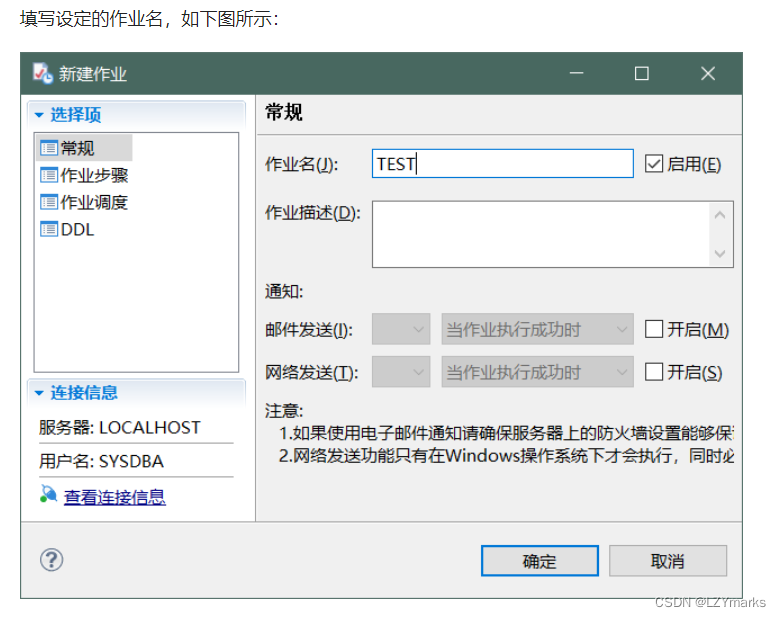
Dameng database all
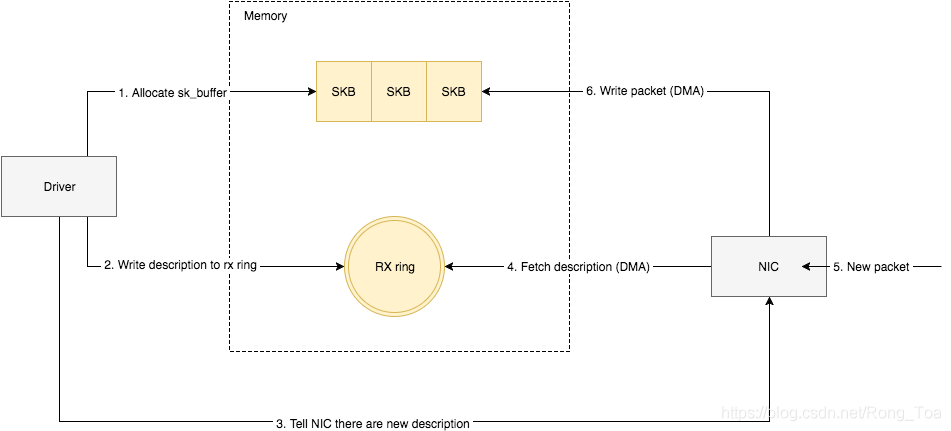
ethtool 原理介绍和解决网卡丢包排查思路(附ethtool源码下载)

PHY驱动调试之 --- PHY控制器驱动(二)

【MySQL8.0不支持表名大写-对应方案】

ROS2——常用命令行(四)
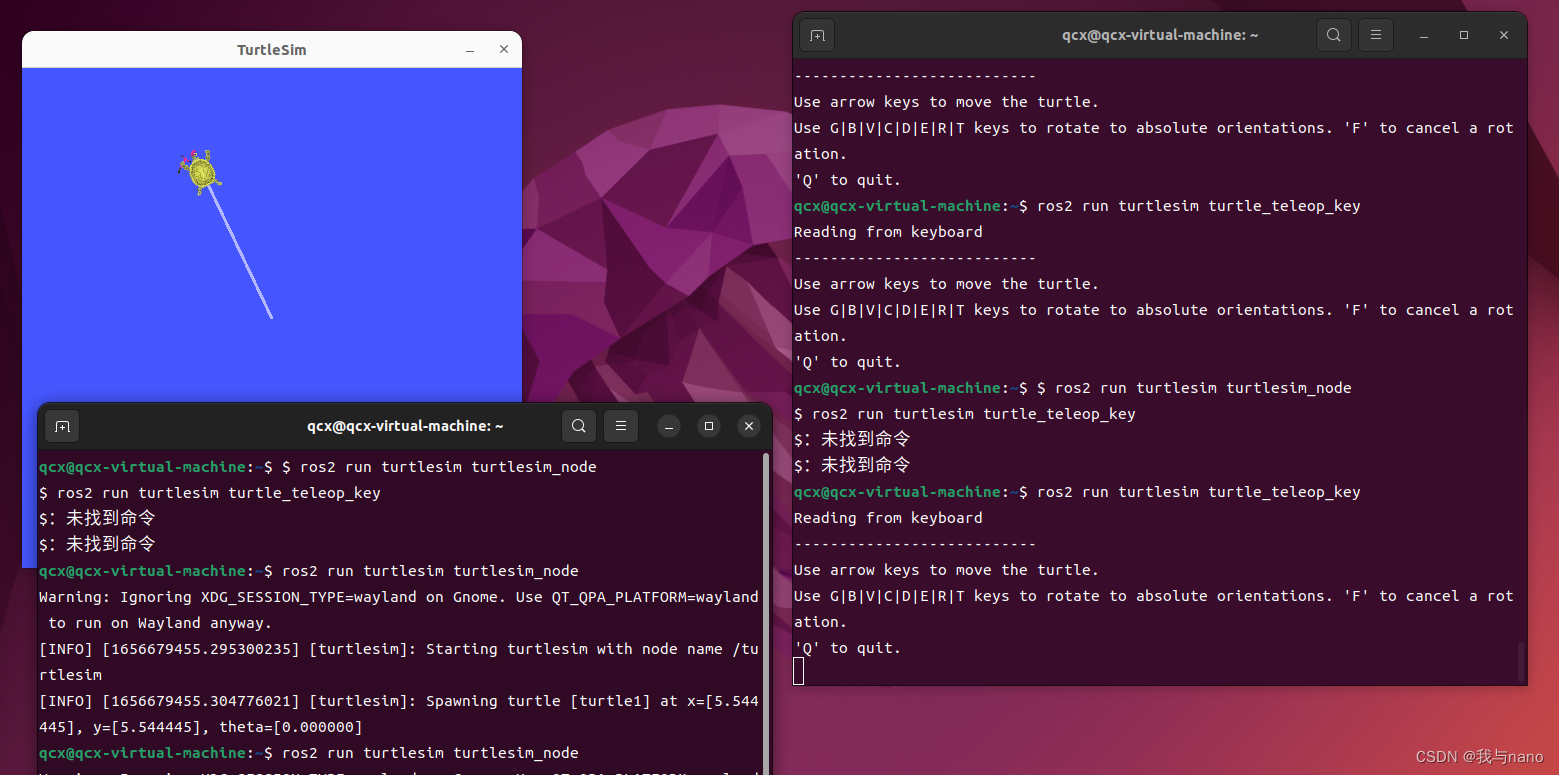
Ros2 - install ros2 (III)

Qt项目中的日志库log4qt使用
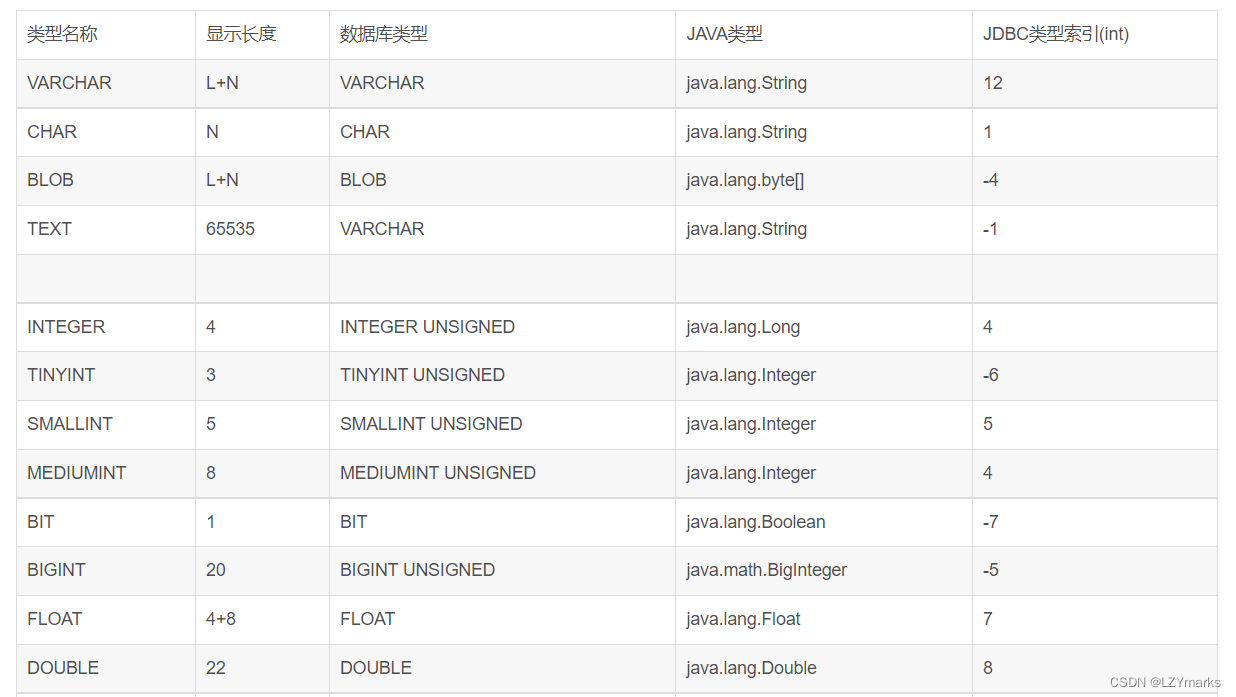
数据库Mysql全部
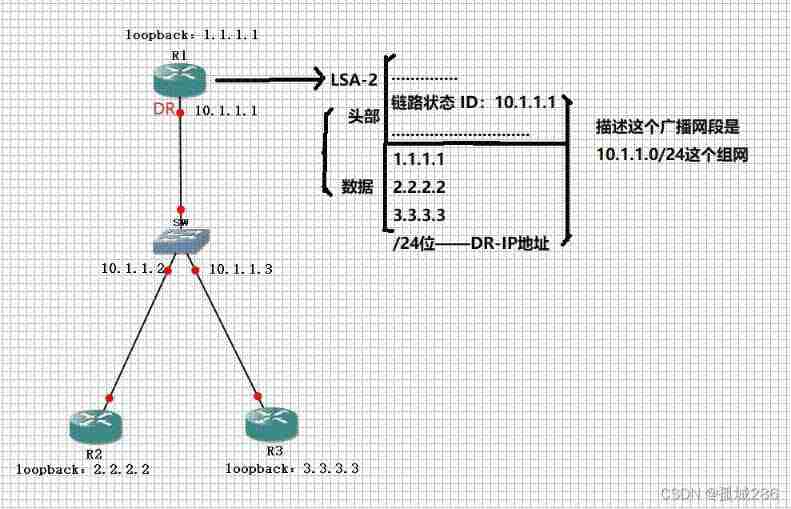
LSA Type Explanation - detailed explanation of lsa-2 (type II LSA network LSA) and lsa-3 (type III LSA network Summary LSA)

A brief introduction to heading/pitch/roll and omega/phi/kappa
随机推荐
SOC_SD_DATA_FSM
使用paping工具进行tcp端口连通性检测
Vscode editor
Ros2 topic (VIII)
2022年中纪实 -- 一个普通人的经历
Binary search (half search)
Steps and FAQs of connecting windows Navicat to Alibaba cloud server MySQL
All English in the code
Vant weapp swippecell set multiple buttons
Configuration method and configuration file of SolidWorks GB profile library
Xavier CPU & GPU 高负载功耗测试
Markdown syntax
Literacy Ethernet MII interface types Daquan MII, RMII, smii, gmii, rgmii, sgmii, XGMII, XAUI, rxaui
Interpretation of the earliest sketches - image translation work sketchygan
Log4qt usage of logbase in QT project
MySQL setting trigger problem
Ret2xx---- common CTF template proposition in PWN
Vant Weapp SwipeCell設置多個按鈕
ethtool 原理介绍和解决网卡丢包排查思路(附ethtool源码下载)
Dameng database all